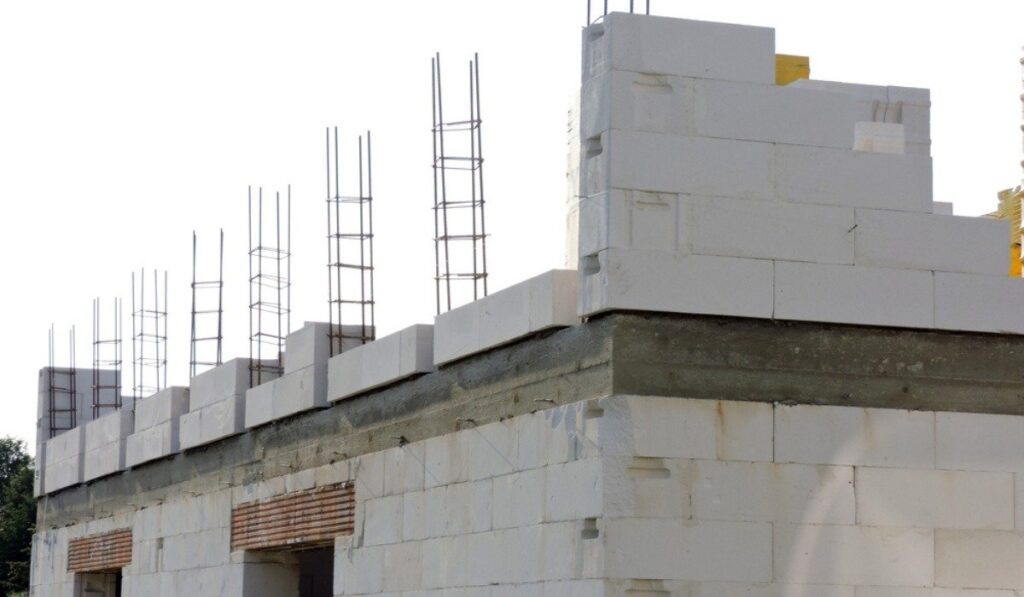Introduction
Lintel beams play a crucial role in modern architecture and construction, providing structural support and enhancing aesthetic appeal. This article delves into the importance of lintel beams, their types, applications, and the benefits they offer in contemporary building practices.
What is a Lintel Beam?
A lintel beam is a horizontal structural element place over openings such as doors, windows, and fireplaces. It supports the load above the opening and transfers it to the adjacent structural elements, preventing collapse or deformation.
Historical Context of Lintel Beams
Lintel beams have been use since ancient times, with early examples found in Egyptian and Greek architecture. They were primarily made from stone and timber, serving both functional and decorative purposes.
Types of Lintel Beams
Stone Lintels
Stone lintels are one of the oldest types, offering durability and a classic aesthetic. They are often used in heritage and restoration projects.
Timber Lintels
Timber lintels provide a natural and rustic look, commonly used in residential buildings. However, they require regular maintenance to prevent decay.
Steel Lintels
Steel lintels are known for their high strength and load-bearing capacity. They are ideal for industrial and commercial buildings due to their ability to support large spans.
Reinforced Concrete Lintels
Reinforced concrete lintels combine the compressive strength of concrete with the tensile strength of steel, making them suitable for a wide range of applications.
Precast Concrete Lintels
Precast concrete lintels are manufacture off-site and brought to the construction site for installation. This method ensures consistent quality and reduces construction time.
Structural Role of Lintel Beams
Lintel beams distribute the load from above the openings to the adjacent walls or columns. This prevents the concentration of stress at the opening, ensuring structural stability and integrity.
Architectural Significance of Lintel Beams
Beyond their structural role, lintel beams contribute to the architectural design of a building. They can be craft in various shapes and styles to enhance the visual appeal of a structure.
Materials Used in Lintel Beam Construction
Stone
Stone lintels offer durability and a timeless aesthetic but can be heavy and difficult to install.
Timber
Timber provides a natural appearance but requires regular maintenance to prevent rot and insect damage.
Steel
Steel lintels are strong and durable, suitable for supporting heavy loads and large spans.
Concrete
Concrete lintels, both reinforced and precast, offer versatility and strength, making them popular in modern construction.
Composite Materials
Composite materials combine different materials to enhance performance characteristics, such as strength and durability.
Design Principles of Lintel Beams
Designing lintel beams involves calculating the load they will bear, selecting appropriate materials, and ensuring proper dimensions to distribute stress effectively.
Load-Bearing Capacity of Lintel Beams
The load-bearing capacity of a lintel beam depends on its material, size, and design. Proper calculations and considerations are essential to ensure safety and functionality.
Installation Techniques for Lintel Beams
Installation involves precise measurements, proper placement, and secure fixing to the adjacent structural elements. This process requires skilled labor and attention to detail.
Common Applications of Lintel Beams
Residential Buildings
Lintel beams in residential buildings support doorways and windows, contributing to both structural integrity and aesthetic design.
Commercial Buildings
In commercial structures, lintel beams support larger openings and help in creating open, flexible spaces.
Industrial Structures
Industrial buildings use lintel beams for supporting large openings required for machinery and equipment movement.
Heritage and Restoration Projects
In heritage restoration, lintel beams preserve the historical integrity while providing modern structural support.
Benefits of Using Lintel Beams
Structural Stability
Lintel beams enhance the overall stability of a building by distributing loads evenly.
Load Distribution
They prevent the concentration of stress around openings, reducing the risk of cracks and structural failure.
Flexibility in Design
Lintel beams can be designe to fit various architectural styles and requirements, offering flexibility in building design.
Aesthetic Appeal
Decorative lintel beams add to the visual appeal of a building, making them a popular choice in both modern and traditional architecture.
Challenges in Lintel Beam Construction
Material Selection
Choosing the right material for lintel beams is crucial for ensuring durability and performance.
Structural Calculations
Accurate calculations are necessary to determine the load-bearing capacity and design specifications.
Installation Complexity
Proper installation requires skilled labor and precise execution to avoid structural issues.
Maintenance and Durability
Regular maintenance is essential to ensure the longevity and performance of lintel beams, especially those made from timber and steel.
Latest Innovations in Lintel Beam Design
Recent advancements include the use of high-strength materials, innovative design techniques, and prefabrication methods to enhance the performance and efficiency of lintel beams.
Future Trends in Lintel Beam Usage
Future trends point towards the increased use of sustainable materials, smart technologies for monitoring structural health, and more efficient construction methods.
Comparative Analysis: Lintel Beams vs. Other Structural Elements
Comparing lintel beams with other structural elements like arches and trusses highlights their unique advantages in terms of load distribution, design flexibility, and aesthetic appeal.
Case Studies: Successful Implementation of Lintel Beams
Example 1: Residential Project
A residential project where lintel beams were use to create large, open spaces while maintaining structural integrity.
Example 2: Commercial Project
In a commercial building, steel lintel beams supported wide openings, enhancing both functionality and aesthetics.
Example 3: Heritage Restoration
A heritage restoration project where stone lintel beams were use to preserve historical architecture while providing modern support.
Expert Insights on Lintel Beams
Experts highlight the importance of proper design, material selection, and installation techniques in ensuring the effectiveness and longevity of lintel beams.
FAQs about Lintel Beams
What is the primary function of a lintel beam?
A lintel beam supports the load above openings like doors and windows, distributing the weight to adjacent structural elements.
Can lintel beams be decorative?
Yes, lintel beams can be design to add aesthetic value to a building while fulfilling their structural role.
What materials are commonly use for lintel beams?
Common materials include stone, timber, steel, reinforced concrete, and precast concrete.
Conclusion
Lintel beams are essential components in modern architecture and construction, providing structural support and enhancing aesthetic appeal. Understanding their types, applications, and benefits helps in making informed decisions in building design and construction.

